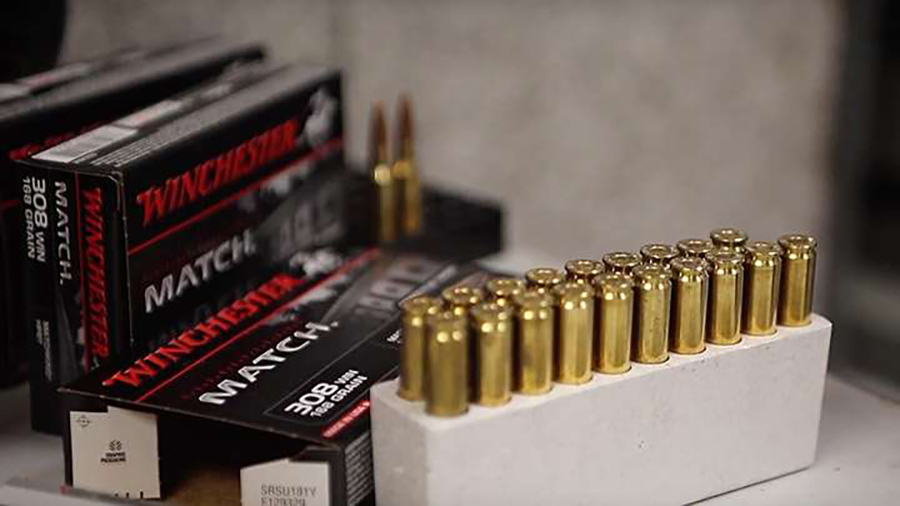The Winchester Ammo segment of Olin Corporation produced $388.0 million in sales in the first quarter, compared to $409.4 million in the 2024 first quarter. The sales decrease was primarily due to lower commercial ammunition sales, partially offset by higher military sales and military project revenue.
First quarter 2025 segment earnings were $22.8 million, compared to $72.2 million in the year-ago Q1 period. The $49.4 million decrease in segment earnings was primarily due to lower commercial ammunition shipments and pricing and higher raw material costs, including propellant and commodity metal costs, partially offset by higher military shipments and military project revenue.
Winchester’s first quarter 2025 results included depreciation and amortization expense of $9.5 million compared to $7.9 million in the first quarter 2024.
“Winchester commercial sales remain pressured by strains on consumer disposable income and customers continuing to work down elevated inventories, with no indication of near-term relief,” noted Ken Lane, president and CEO of Olin Corporation. “We expect second quarter 2025 Winchester results to improve sequentially as seasonal demand picks up and military sales and military project revenue improve.”
Olin Corporation generated $1.64 billion in consolidated sales in the 2025 first quarter 2025, a flattish result compared to $1.64 billion in the 2024 first quarter.
The company’s first quarter 2025 reported net income was $1.4 million, or 1 cent per diluted share, which compares to first quarter 2024 reported net income of $48.6 million, or 40 cents per diluted share.
First quarter 2025 adjusted EBITDA of $185.6 million excludes depreciation and amortization expense of $132.2 million and restructuring charges of $4.0 million. First quarter 2024 adjusted EBITDA was $242.1 million.
“We expect the direct impact from current tariffs on Olin not to be significant, as headwinds are largely offset by the opportunities realized. Second quarter 2025 adjusted EBITDA is expected to be in the range of $170 million to $210 million. While there is increasing economic uncertainty, Olin remains committed to our value-first commercial approach and our disciplined capital allocation strategy as the pathway to long-term shareholder value creation,” Lane concluded.
Image courtesy Winchester
















